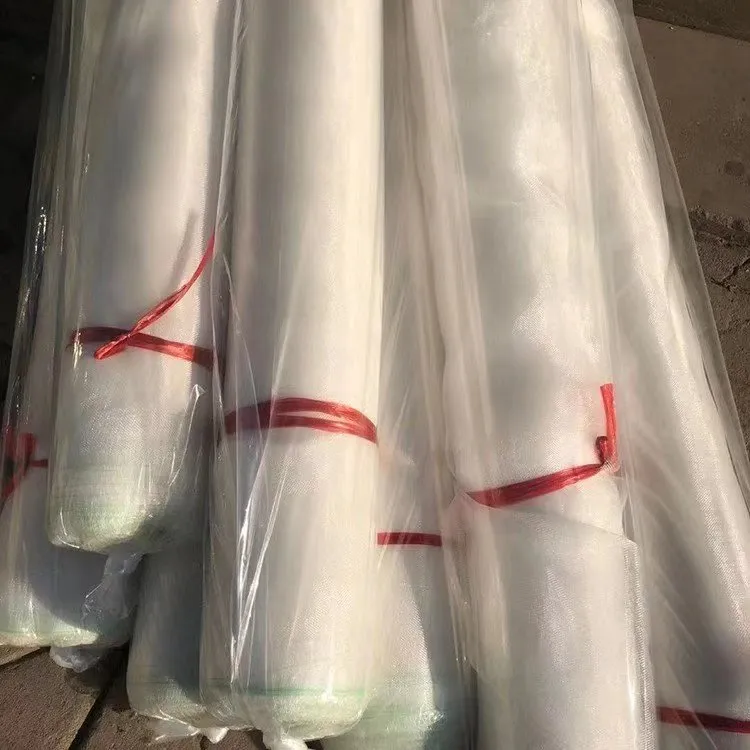-
 Afrikaans
Afrikaans -
 Albanian
Albanian -
 Amharic
Amharic -
 Arabic
Arabic -
 Armenian
Armenian -
 Azerbaijani
Azerbaijani -
 Basque
Basque -
 Belarusian
Belarusian -
 Bengali
Bengali -
 Bosnian
Bosnian -
 Bulgarian
Bulgarian -
 Catalan
Catalan -
 Cebuano
Cebuano -
 China
China -
 Corsican
Corsican -
 Croatian
Croatian -
 Czech
Czech -
 Danish
Danish -
 Dutch
Dutch -
 English
English -
 Esperanto
Esperanto -
 Estonian
Estonian -
 Finnish
Finnish -
 French
French -
 Frisian
Frisian -
 Galician
Galician -
 Georgian
Georgian -
 German
German -
 Greek
Greek -
 Gujarati
Gujarati -
 Haitian Creole
Haitian Creole -
 hausa
hausa -
 hawaiian
hawaiian -
 Hebrew
Hebrew -
 Hindi
Hindi -
 Miao
Miao -
 Hungarian
Hungarian -
 Icelandic
Icelandic -
 igbo
igbo -
 Indonesian
Indonesian -
 irish
irish -
 Italian
Italian -
 Japanese
Japanese -
 Javanese
Javanese -
 Kannada
Kannada -
 kazakh
kazakh -
 Khmer
Khmer -
 Rwandese
Rwandese -
 Korean
Korean -
 Kurdish
Kurdish -
 Kyrgyz
Kyrgyz -
 Lao
Lao -
 Latin
Latin -
 Latvian
Latvian -
 Lithuanian
Lithuanian -
 Luxembourgish
Luxembourgish -
 Macedonian
Macedonian -
 Malgashi
Malgashi -
 Malay
Malay -
 Malayalam
Malayalam -
 Maltese
Maltese -
 Maori
Maori -
 Marathi
Marathi -
 Mongolian
Mongolian -
 Myanmar
Myanmar -
 Nepali
Nepali -
 Norwegian
Norwegian -
 Norwegian
Norwegian -
 Occitan
Occitan -
 Pashto
Pashto -
 Persian
Persian -
 Polish
Polish -
 Portuguese
Portuguese -
 Punjabi
Punjabi -
 Romanian
Romanian -
 Russian
Russian -
 Samoan
Samoan -
 Scottish Gaelic
Scottish Gaelic -
 Serbian
Serbian -
 Sesotho
Sesotho -
 Shona
Shona -
 Sindhi
Sindhi -
 Sinhala
Sinhala -
 Slovak
Slovak -
 Slovenian
Slovenian -
 Somali
Somali -
 Spanish
Spanish -
 Sundanese
Sundanese -
 Swahili
Swahili -
 Swedish
Swedish -
 Tagalog
Tagalog -
 Tajik
Tajik -
 Tamil
Tamil -
 Tatar
Tatar -
 Telugu
Telugu -
 Thai
Thai -
 Turkish
Turkish -
 Turkmen
Turkmen -
 Ukrainian
Ukrainian -
 Urdu
Urdu -
 Uighur
Uighur -
 Uzbek
Uzbek -
 Vietnamese
Vietnamese -
 Welsh
Welsh -
 Bantu
Bantu -
 Yiddish
Yiddish -
 Yoruba
Yoruba -
 Zulu
Zulu
concrete reinforcement steel mesh
Understanding Concrete Reinforcement Steel Mesh
Concrete is one of the most widely used construction materials globally, known for its durability and strength. However, it possesses inherent weaknesses, especially when subjected to tensile forces. To counter this limitation, concrete reinforcement steel mesh is employed, enhancing the structural integrity and longevity of concrete structures. This article explores the significance, types, properties, and applications of concrete reinforcement steel mesh.
The Importance of Concrete Reinforcement
Concrete typically exhibits high compressive strength but low tensile strength. When subjected to tension, concrete can crack and fail, leading to structural deficiencies. The incorporation of steel mesh alleviates this vulnerability by providing tensile support and ensuring that the concrete can withstand various loads. Reinforced concrete elements, such as beams, slabs, and columns, can effectively transfer loads and resist cracking, thereby enhancing safety and performance.
Types of Concrete Reinforcement Steel Mesh
Concrete reinforcement steel mesh comes in various forms, each tailored to meet specific project requirements. The most common types of steel mesh include
1. Welded Wire Mesh This type consists of longitudinal and transverse wires that are welded together at regular intervals. It provides uniform strength and is often used in floor slabs, pavements, and walls.
2. Fiberglass Mesh Known for its lightweight and corrosion resistance, fiberglass mesh is ideal for applications where traditional steel mesh may rust. It is often used in exterior walls and facades.
3. Chain Link Mesh This flexible mesh is suitable for fencing and reinforcement in roads, highways, and bridges. Its design allows for easy installation and flexibility in various forms of application.
Key Properties of Steel Mesh
concrete reinforcement steel mesh

The properties of concrete reinforcement steel mesh are crucial to its performance. Some of the key attributes include
- Tensile Strength The mesh is specifically designed to bear tensile forces, which helps in minimizing cracking and structural failure. - Corrosion Resistance Some specialized meshes are coated or made from materials resistant to corrosion, ensuring longevity in harsh environments. - Ductility Steel meshes possess the ductility to accommodate slight movements in the structure without catastrophic failure, an essential property for safety during seismic events. - Ease of Installation Steel mesh can be easily placed within forms before the concrete is poured, streamlining the construction process and reducing labor costs.
Applications of Concrete Reinforcement Steel Mesh
The application of concrete reinforcement steel mesh is ubiquitous across various construction projects. Some typical applications include
- Residential Construction Foundations, driveways, and slabs often utilize steel mesh to ensure durability and resistance to cracking.
- Commercial Building Office buildings and warehouses benefit from reinforced concrete structures, ensuring enhanced safety and minimal maintenance needs.
- Infrastructure Bridges, highways, and tunnels make extensive use of steel mesh due to the high loads and stresses encountered in these applications.
- Industrial Facilities Factories and plants often involve heavy machinery and loads, necessitating robust concrete foundations strengthened with steel mesh.
Conclusion
Concrete reinforcement steel mesh is a critical component in modern construction. Its ability to enhance the tensile strength of concrete makes it indispensable in building safe, durable, and long-lasting structures. Understanding the types, properties, and applications of steel mesh is vital for architects, engineers, and builders alike. As construction technologies evolve, the role of reinforcement materials will continue to be paramount in addressing the challenges of modern engineering, ensuring that our infrastructures can withstand the tests of time and nature.
-
Shipping Plastic Bags for Every NeedNewsJul.24,2025
-
Safety Netting: Your Shield in ConstructionNewsJul.24,2025
-
Plastic Mesh Netting for Everyday UseNewsJul.24,2025
-
Nylon Netting for Every UseNewsJul.24,2025
-
Mesh Breeder Box for Fish TanksNewsJul.24,2025
-
Expanded Steel Mesh Offers Durable VersatilityNewsJul.24,2025











